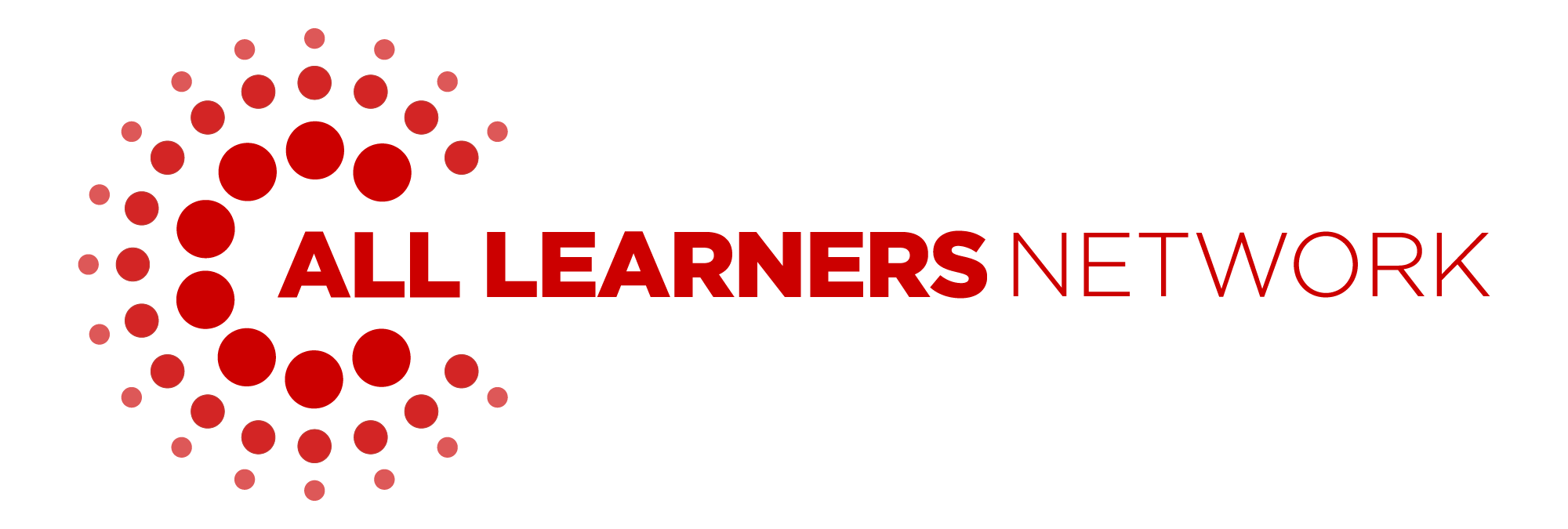
Cultivating a Climate of Change: When Innovation Feels Like Hope, Not a Burden
Published: November 7, 2025
There's a moment I remember from working with an elementary school in Maryland. I was standing in the hallway after a faculty meeting where I'd just shared some strategies for improving math instruction. There were polite nods, the obligatory "sounds interesting" comments, but I could see it in their eyes. That look of quiet resignation mixed with something close to exhaustion. Another new thing, another change they hadn't asked for.
I've been thinking about that moment a lot lately, especially as I dive deeper into recent research on resistance to change. Because while it's easy to chalk up resistance to stubbornness or fear of the new, the reality is more complex and, maybe, easier to understand.
The Conditions That Inspire Change
A significant amount of research on resistance to change paints a clear picture: teacher resistance isn't really about teachers. It's about systems that pile change upon change without considering the human cost. It's about top-down mandates that ignore the desires and, sometimes, the wisdom of classroom experience. It's about asking teachers to implement reforms while cutting the supports needed to make implementation possible.
When veteran teachers push back, they're often not protecting some outdated way of doing things. They're protecting their professional judgment, their relationships with students, their sense of what actually works in the real world of their classrooms. They've seen initiatives come and go, watched resources poured into programs that disappear two years later, and learned to be skeptical of promises about "this time being different." As a new teacher, my principal told me, "I've seen it all. There’s nothing new." While this was (and is) untrue, it shows the fatigue that educators experience when the carousel of change never rests.
The Pillars of Lasting Engagement
The same research that explains resistance also points to solutions that align well with our approach to professional development at All Learners Network. The most effective way to foster change isn't to push harder or faster. It's to create an environment where teachers want to learn and grow because they see the value, feel supported, and have agency in shaping what happens in their classrooms.
- Start With Shared Needs: Lasting engagement requires starting with teachers' actual needs as well as external requirements. When our math coaches work with educators, they don't arrive with a predetermined agenda. They listen first, observe, and ask what’s working and what’s not.
- Provide Embedded, On-Demand Support: Teachers need the kind of ongoing, embedded support that makes change feel possible rather than overwhelming. Our math facilitator coaches and our new AI Math Coach provide this kind of embedded support —not another thing to learn, but rather, support that meets teachers where they are, when they need it, with guidance that's specific to their context and their students.
- Embrace a Learning Process: Meaningful change takes time. When teachers feel rushed, they simply cannot engage. When they feel supported through a genuine learning process, they become champions for change. The teacher who has been teaching the same way for fifteen years does so, not because she's stubborn, but because it’s worked for her students. She deserves to understand not just what she's being asked to change, but why that change will serve her students better. She deserves time to experiment, to adjust, to make the new approaches her own.
Empowering Educators for Progress
When we address organizational factors, rather than just individual attitudes, when we provide genuine facilitation rather than mere information, and when we create collaborative cultures rather than compliance cultures, we can transform an idea into a movement.
The crisis facing our schools is real, but so is our understanding of how to respond to it effectively. We know what works. We know how to honor teachers' expertise while supporting their growth. We know how to create conditions where change feels like an opportunity rather than a burden.
That's what I'm thinking about as we here at ALN support educators this year. Our work is not just what we want them to do differently, but how we can help them want to do it. Not just what needs to change, but how we can make that change feel like hope, rather than an obligation.
What Now?
To learn more about the strategies and tools discussed, explore any of the following:
- See how ALN’s new AI Math Coach serves as a teacher thought partner providing embedded on-demand support.
- Read Learning Policy Institute’s recent report which found that high-quality professional development is built on understanding teachers' needs and experiences.
- Check out the article, The Emergence, Reasons and Results of Resistance to Change in Teachers, from the International Journal on Lifelong Education and Leadership.
- Dive into one of my other blogs around change: Purposeful Change: The ALN Rapid Cycle of Inquiry
- Learn more about curricular control within the classroom in this Review of Educational Research article: Teachers’ Principled Resistance to Curricular Control: A Theoretical Literature Review.




.png?width=352&name=Planning%20Your%20Math%20Coaching%20Strategy%20for%2024-25%20(1).png)
%20(31).png?width=352&name=Hero%20Images%20(WebsiteBlogEmails)%20(31).png)